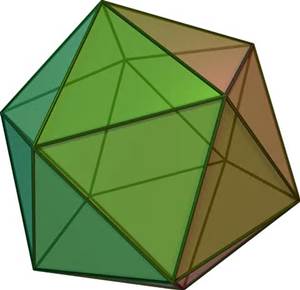Method development
I have tested different ways of measuring P cycling in streams at the sediment water interface. I have provided a mathematical derivation linking the Elovich equation (used in bottle and flume studies) to the exponential decay equation (used in nutrient spiralling studies) - Demars 2008. This allowed to directly compare the results of different methods and showed the bottle method to be inadequate (Stutter et al 2010). I have also combined a stoichiometric approach with whole stream metabolism and nutrient spiralling studies to partition P cycling into the abiotic, algal and bacterial compartments.
Impact of point source pollution on P cycling
I have tested experimentally the effect of P reduction and addition from sewage treatment plant at the river reach and catchment scale (e.g. Demars et al 2005 Hydrology & Earth System Sciences, Stutter et al 2010).
Integrating carbon, nitrogen and phosphorus cycling
Current work investigates experimentally the effect of adding dissolved organic carbon (DOC) on N and P cycling in upland streams at Glensaugh research station. The fate of added DOC has been traced through the food-web using stable isotopes (Demars et al 2020 Ecological Monographs). The in-stream interactions between the elements is being modelled combining whole stream metabolism, stoichiometry, nutrient spiralling and isotopic tracers.
